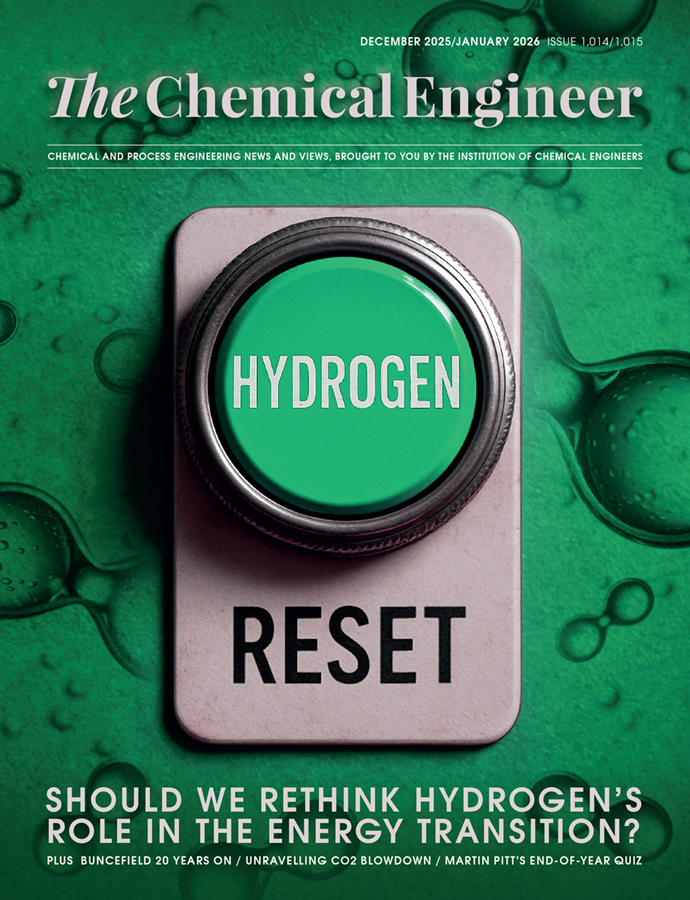Discussions on safety
Hazards29 highlights the importance of sharing safety stories
ICHEME’S annual Hazards conference was held from 22–24 May in Birmingham, UK. More than 350 people attended Hazards29 to discuss everything from risk analysis to case studies. A key point of this year’s event was the importance of those discussions and why people should share their stories.
It’s about the “and”
Tracy Whipple, Upstream Technical Authority for Process Safety Engineering at BP, gave a plenary talk about the importance of using the word “and” to open up a conversation. “Almost every leader I’ve heard speak about process safety will say something like ‘I really got process safety when…’ and then they will go on to talk about a very serious process safety event. I know they mean great, but what’s missing for me here is the ‘and’ conversation. What I mean is ‘and what are we going to do to make sure that those of you who have not had the horrific experience of dealing with a process safety incident never have to?’”
She asked for a show of hands from the audience of those working in industry at the time of various major incidents from the 1970s to mid-2000s, and also from those who started their careers after these events. “It’s these folks who have not had the opportunity to learn specifically from these incidents. We need to make sure that these incidents have a place in our learning but also that we can learn before we have other incidents like this.”
She gave another example of an “and” conversation by asking “and now what?”
“Quite often in our line of work we’re asked to do a risk assessment or some sort of safety review because the schedule tells us that it’s time to do so. That’s all fine and good but the question for me is always ‘and now what?’ What are we going to do with that information? There needs to be a connectivity between those studies and how that information is used to inform your safety critical equipment list or your critical procedures list.”
She finished her talk by encouraging people to use her expression “maybe this is an ‘and’ conversation” and emphasised the importance of learning before incidents. “I’m proud to say that we have fewer and fewer major accidents, but with those fewer accidents we have fewer learning opportunities so we need to get better at learning before an incident occurs.”
Learning from something other than major incidents was also discussed in a parallel session by Paul Amyotte, Professor of Chemical Engineering at Dalhousie University, Canada. He discussed the lessons that can be learned when things go right in process safety. He considered positives such as the life’s work of Trevor Kletz, the formation of the US Chemical Safety Board (CSB), and resources such as IChemE’s Loss Prevention Bulletin. He spoke of specific incidents that could have been a lot worse if certain measures like blast shields and dust collectors weren’t in place.
He highlighted an example given in the Center for Chemical Process Safety’s (CCPS’) monthly newsletter The Process Safety Beacon, which described how an engineer noticed an accumulation of dust near equipment containing combustible solids and electrical equipment that could provide an ignition source. When this was reported, the equipment was shut down, the room was cleaned, and corrective actions were taken to contain the dust. Amyotte suggested that in these examples a strong reporting culture might have played a part in averting a potential problem.

Unconventional risk
This year’s Trevor Kletz lecture was given by Mike Bell, Manager of Safety Services at Disney, who spoke of how safety is managed at Disney’s resorts around the world.
“There are over 1bn rides per year. For me, from a safety perspective, you hear things talked about all the time, such as something has a one-in-a-million chance of happening. When you start to put it in this perspective you realise that’s not remotely acceptable for anything we do. You can’t have that occur whatsoever.”
He described how Disney’s staff – or “cast” as they are called – are taught to feel empowered to make safety decisions and stop a ride if they feel it is necessary. He also spoke of how managing unconventional risk is a challenge for safety professionals, and described how stunts are performed safely during shows and how the risks associated with fireworks and laser projection shows are managed.
Recent Editions
Catch up on the latest news, views and jobs from The Chemical Engineer. Below are the four latest issues. View a wider selection of the archive from within the Magazine section of this site.




